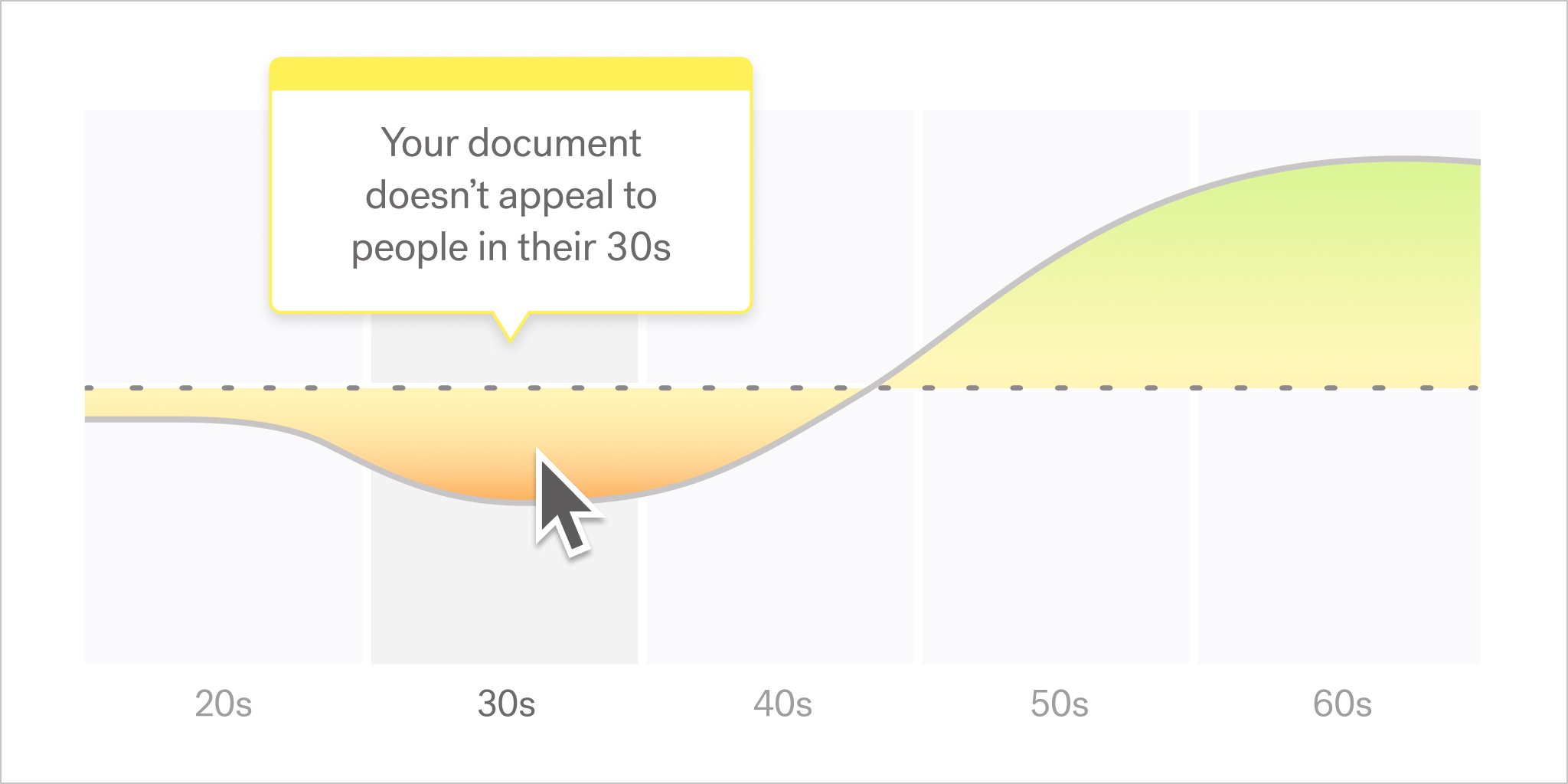Bias interruption beyond gender

Curb cuts, those convenient ramps cut into street corners to make it easy to get from the sidewalk to the crosswalk without having to step down off the edge, may feel commonplace today, but they didn’t hit the mainstream of American sidewalks until the mid 1970s. In 1968, a group of wheelchair users in Berkeley, CA, were fed up with the lack of accessibility on campus, and started building their own ramps onto curbs at the University of California. Though crude, these early curb cuts made safe, accessible mobility possible for wheelchair users in a way it hadn’t been before. By 1972, the city had installed its first official curb cut. In 1990, the passage of the Americans with Disabilities Act (ADA) formally outlawed disability-based discrimination and made curb cuts a nationwide norm.
When the law changed to make inclusion and accessibility a national standard, it wasn’t just people with disabilities who benefitted. Parents pushing strollers, travelers wheeling luggage, workers pushing heavy carts, bicyclists, skateboarders, in fact all pedestrians make regular use of curb cuts.
We sometimes think of equity as a zero sum game – we can’t lift up one group without disadvantaging another. Equity isn’t just about rebalancing who has an advantage, it’s about promoting just, fair, and proactive inclusion. When we seek equity and inclusion, everyone wins.
Textio has long been hailed for our work bringing more gender balance to workplaces, but we know inclusion doesn’t stop there. Textio has created new features that allow companies to understand how to use more inclusive language for a broader set of demographics. Starting today we are rolling out two new features:
- Reasonable accommodation language, which encourages teams to add reasonable accommodation language (in addition to an equal opportunity statement) to their job ads
- Age inclusion guidance, which helps writers find language that is inclusive of all age groups
Avoiding ableism
In developing reasonable accommodation guidance, Textio began with the hypothesis that ableism was an overlooked form of bias that crops up in writing. Textio found that the most forward-thinking companies trying to build inclusive cultures take proactive steps to include reasonable accommodation language in their job ads. What’s more, Textio found that including language that discusses reasonable accommodations actually correlates with faster time to fill across all demographics.
Textio’s reasonable accommodation guidance allows writers to add information about the ways their company makes their workplace and application process accessible to candidates and employees who require additional accommodation. Adding accessibility language that indicates that your organization supports reasonable accommodations helps candidates with disabilities understand that they will be included at your organization when they choose to apply.
Addressing ageism
When it comes to age bias, many of us don’t yet realize we have a problem – not enough of us are talking about it yet, but nearly 2 out of 3 workers ages 45 and older have seen or experienced some kind of age discrimination on the job. Modern workplaces strive to be inclusive, but age bias often crops up in places you wouldn’t expect. When companies list positions with minimum GPA or SAT requirements, they communicate that they are looking for employees at a career and life stage where these assessments are still relevant, typically someone within a few years of college graduation. Age bias can be so subtle, it often occurs without us consciously recognizing it for what it is. You can’t solve a problem you’re not paying attention to. Textio’s new age inclusion guidance helps organizations build more inclusive work environments by raising writers’ awareness of the unintended bias that may be excluding people across different age groups.
Textio’s age graph shows writers how their document will resonate with different age group gives writers insight into how their language resonates with different age groups, while the age phrase highlights call attention to specific language that data shows may be alienating some potential applicants. For example, Textio’s data shows that using the phrase ’21st Century skills’ to talk about digital literacy may have the unintended consequence of alienating older job seekers. Using Textio’s age inclusion guidance, writers can increase their writing’s appeal to all job seekers. By optimizing their language across all age demographics, writers will attract a broader and more age-inclusive talent pool.
Expanding gendered language guidance
Over the past several years, Textio has become an industry leader in bias interruption – our platform helps writers identify the unconscious gender bias that exists in their job posts and recruiting mail. Just like all other language, the language that most attracts men or women evolves over time. Textio is continuously working to bring you the freshest language insights and we’ve identified new patterns in the language that most resonates with or repels men and women as they look at job posts and recruiting emails. Words like, ‘strong foundation’ and ‘necessary change’ are likely to attract more male applicants to your role, while words like ‘multi-faceted,’ ‘competitive position,’ and ‘informative’ attract more women. You won’t see these words in any formal lists of gender-biased terms or qualitative checklists – patterns like these emerge when you look closely at a large dataset. Textio’s insights are gathered from the more than 500 million job posts that power our predictions.
When you proactively speak to your accessible workplace and inclusive culture, all candidates, not just those who’ve been marginalized historically, benefit. Textio is helping writers use conscious, intentional language so that they can take active steps toward building inclusive culture. Just like curb cuts make sidewalks more usable to all pedestrians, choosing inclusive language benefits all job seekers.